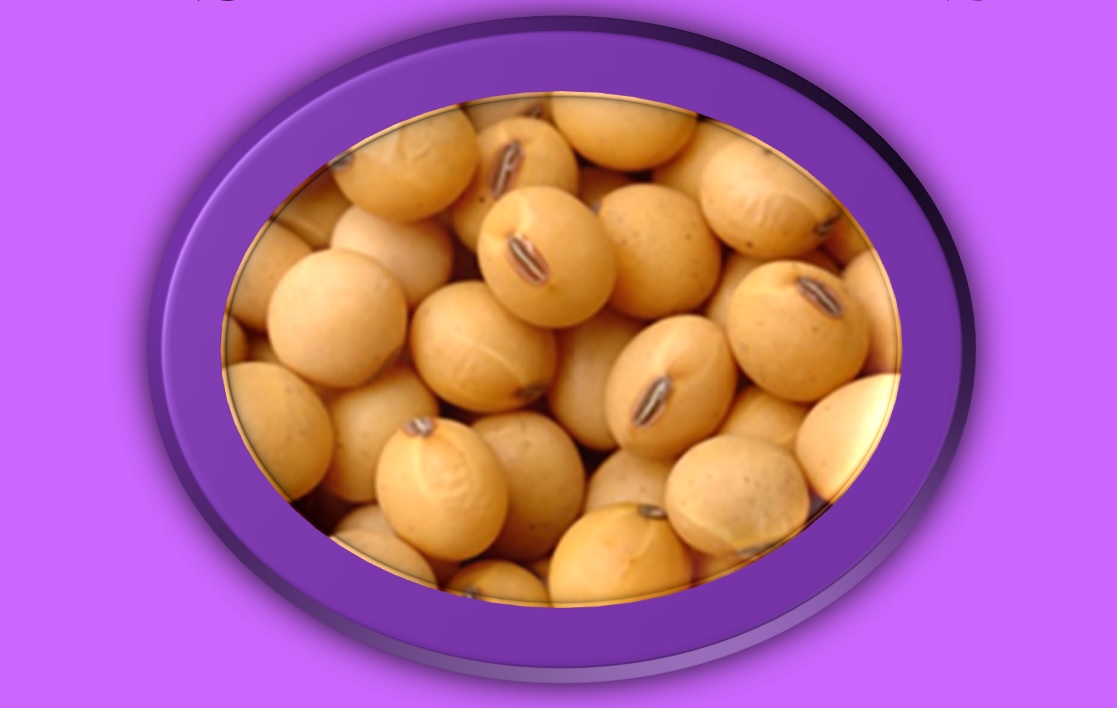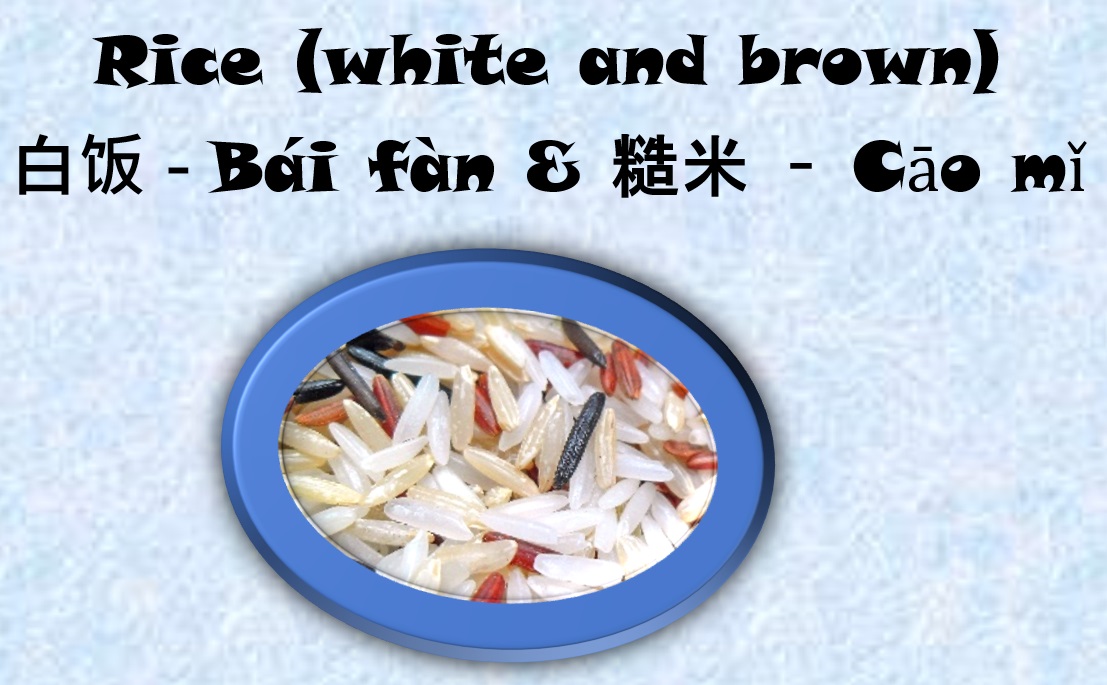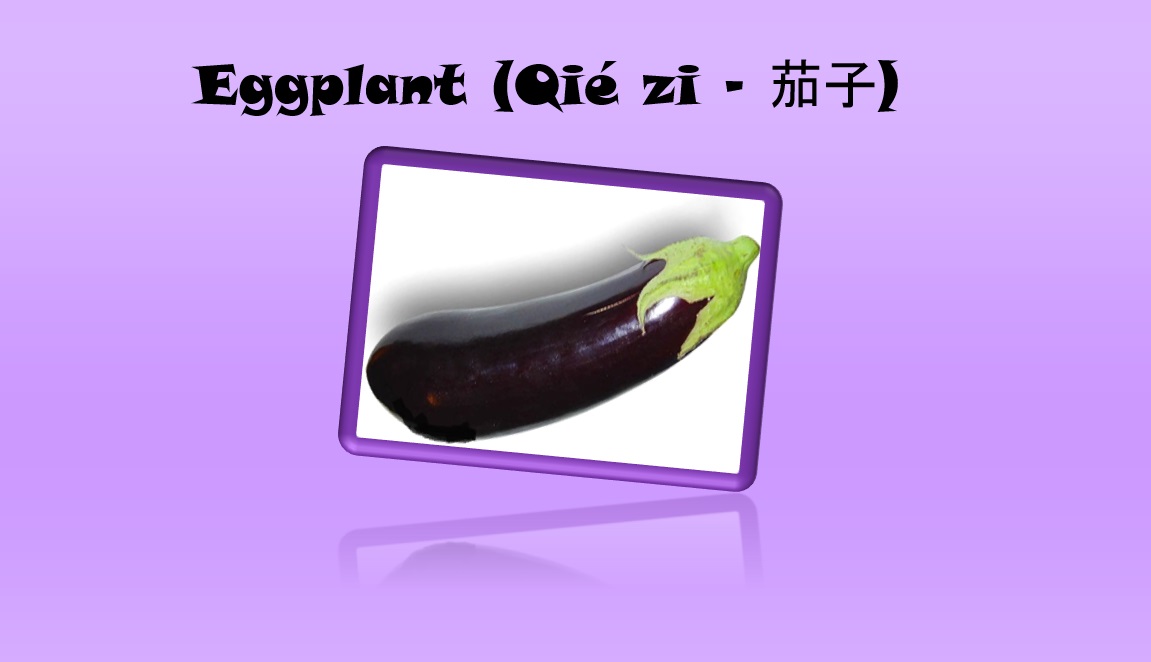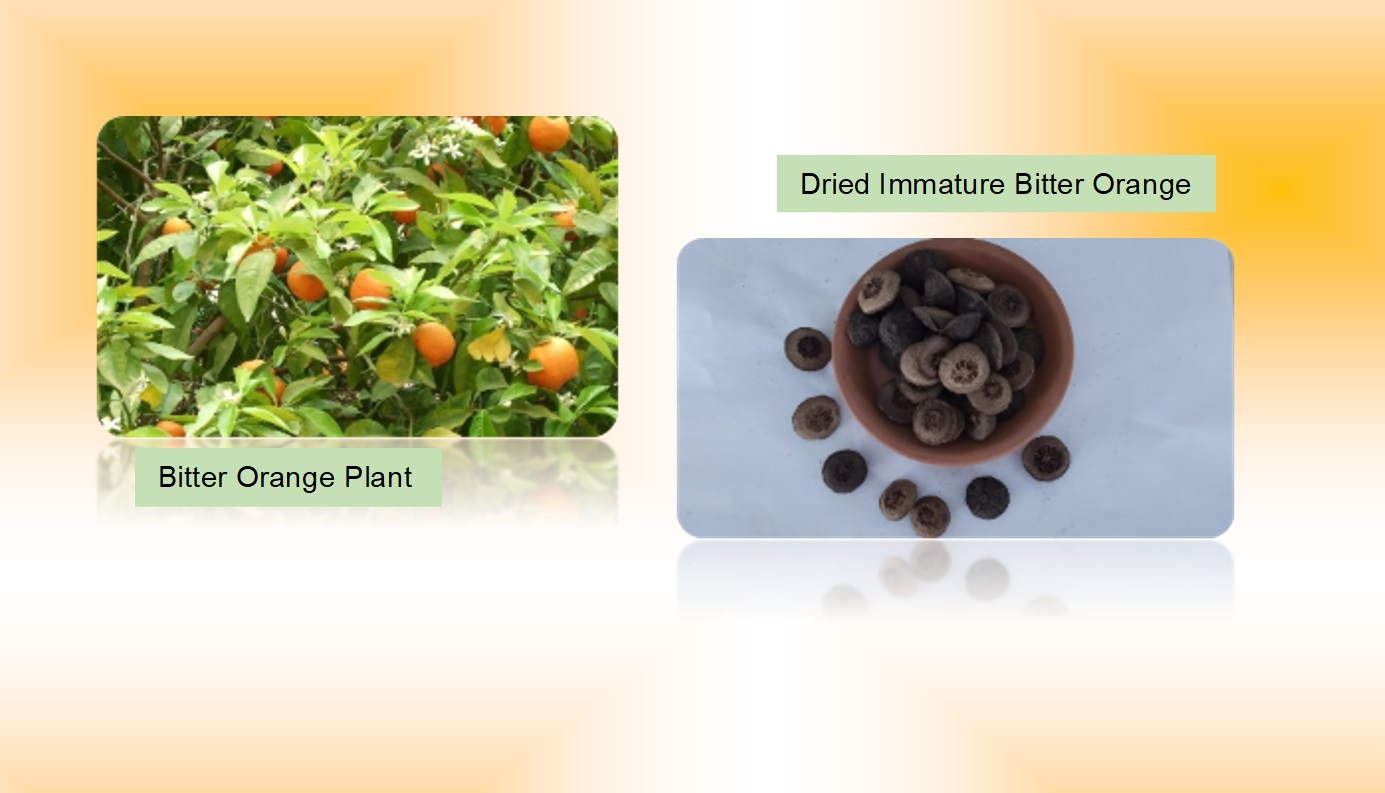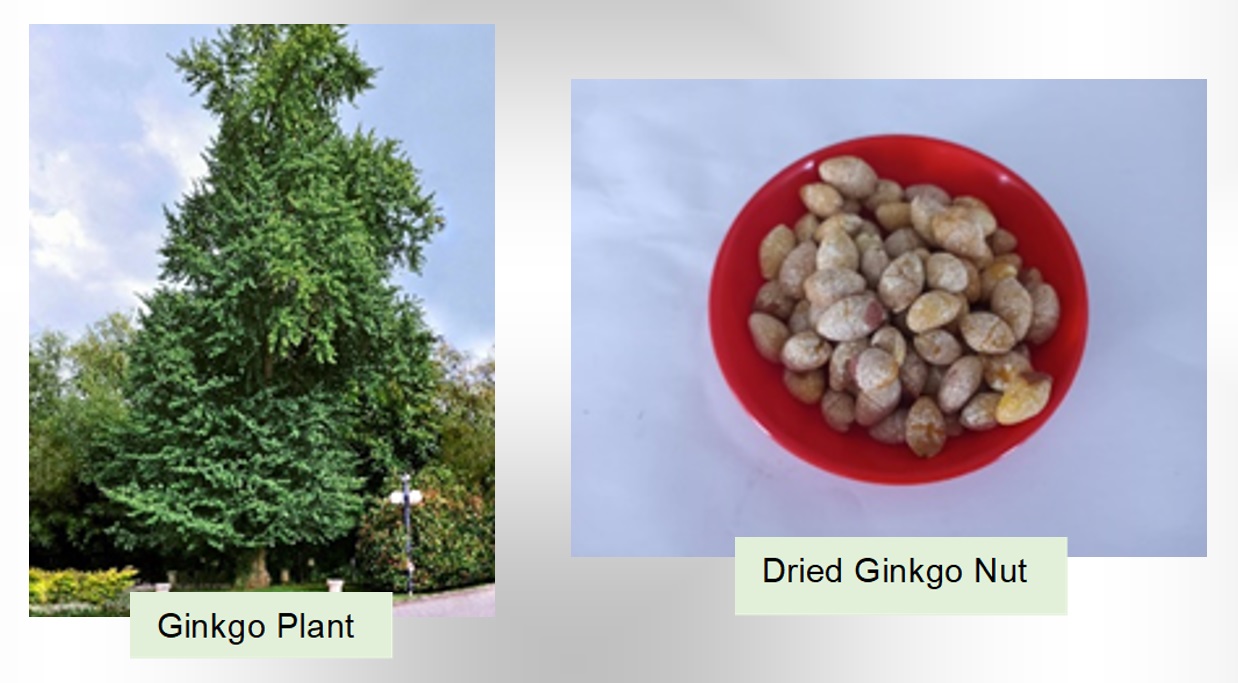Blog
December 20, 2021
Yellow Soy Bean (Huáng dòu - 黄豆)
The soybean, soy bean, or soya bean (Glycine max) is a species of legume native to East Asia, widely grown for its edible bean, which has numerous uses.
Based on TCM, yellow soy bean can be used to supplements spleen, qi, and blood, down bears qi, moistens dryness, secretes fluids, and detoxifies.
Preparation methods of soy bean are boiled, powdered, or as decoction.
Yellow soy bean contains high in protein, very suitable for treatment of malnutrition, fats, unsaturated fatty
acids, phosphorus, iron, calcium, carotene, vitamin B1, B2, and B12 folic acid, lysine, and lecithin.
Some indications that can be reduced by soy bean are:
* Weakness of stomach and spleen with qi and blood vacuity:
Fatigue, lack of strength, cool extremities, lack of appetite.
* Water accumulations, edemas, bloating due to spleen weakness.
* Disharmony in large
Admin
November 30, 2021
Rice
As a cereal grain, domesticated rice is the most widely consumed staple food for over half of the world's human population, especially in Asia and Africa. It is the agricultural commodity with the third-highest worldwide production, after sugarcane and maize.
Based on TCM, rice can be used to supplements qi and blood, harmonizes stomach, strengthens spleen, regulates and produces body fluids, relieves diarrhea, and diuretic.
The preparation methods of rice are boiled as porridge, steamed and as a decoction.
White Rice contains carbohydrates, protein, fat. Brown rice contains vitamin B1, B2, B3, and E, iron, potassium, all essential amino, acids, and linoleic acid.
Some indications that can be reduced by rice are:
* Spleen and stomach vacuity: general lack of strength, lack of appetite, nausea, vomiting, morning sickness, diarrhea
* Heat symptoms due to stomach yin vacuity: thirst, dry mouth, restlessness, insomnia (stabilizes mood
Admin
October 20, 2021
Eggplant
There is no consensus about the place of origin of eggplant; the plant species has been described as native to India, where it continues to grow wild.
Eggplant grows 40 to 150 cm (1 ft 4 in to 4 ft 11 in) tall, with large, coarsely lobed leaves that are 10 to 20 cm (4 to 8 in) long and 5 to 10 cm (2 to 4 in) broad.
Based on TCM, eggplant can be used to clears heat, moves and cools blood, disperses blood stasis, reduces swelling, eases pain; harmonizes liver and uterus, especially with suppressed emotions.
The preparation methods of eggplant are boiled, stir-fried, baked, as juice, decoction or preserved in wine.
Eggplant contains water, carbohydrates, vitamin C, calcium, niacin, iron, phosphorus, above average amount of potassium, amaroids (bitters), and essential oils.
Some indications can be reduced by eggplant are:
* Heat in blood: skin disorders with itching
Admin
September 19, 2021
Immature Bitter Orange (Zhi Shi - 枳实)
Immature Bitter Orange, also known as Unripe Bitter Orange, Chih-Shih, Ponciri and Citrus.
It is native to Southeast Asia and has been spread by humans to many parts of the world. It is probably a cross between the pomelo (Citrus maxima) and the mandarin orange (Citrus reticulata).
Wild trees are found near small streams in generally secluded and wooded parts of Florida and the Bahamas after it was introduced to the area from Spain, where it had been introduced and cultivated heavily beginning in the 10th century by the Moors.
Based on TCM, this herb can be used to breaks up stagnant qi, reduces accumulation, descends qi, unblocks the bowels and removes stagnant food. Also, transforms phlegm, reduces distention and resolves hardenings.
Some indications that can be treat by this herb with specific dosage and formulation are qi stagnation and accumulation with epigastric or abdominal pain and distention or indigestion with focal distention or gas; food stagnation;
Admin
September 01, 2021
Ginkgo Nut (Bai Guo - 白果)
Have you ever heard about Ginkgo Biloba?
That is the Botanical name of Ginkgo Nut. So, they are the same thing.
The native of this plant is Guangxi, Sichuan and Henan provinces, China. The ginkgo nut is harvested in autumn.
The best quality is large and yellowish white color of shell, plump kernel with light yellow color of cross-section. The best one is in Guangxi province.
This herb can be used to astringes the lungs, expels phlegm and stops wheezing, stabilizes the lower jiao, eliminates dampness, stops discharge and astringes the urine.
Based on TCM, some indications that can be treat by this herb with specific dosage and formulation are phlegm in the lungs with wheezing and coughing (especially useful for chronic coughs or those with copious phlegm), lung heat asthma, lower jiao deficiency with vaginal discharge and turbid urine.
Pharmacological effect of this herb is antibiotic, respiratory, cardiovascular, and

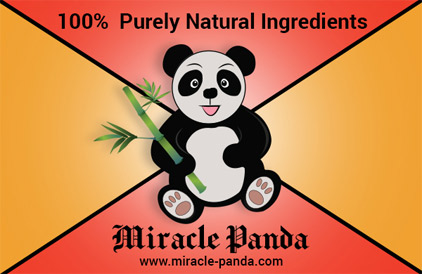
 English
English Indonesian
Indonesian
